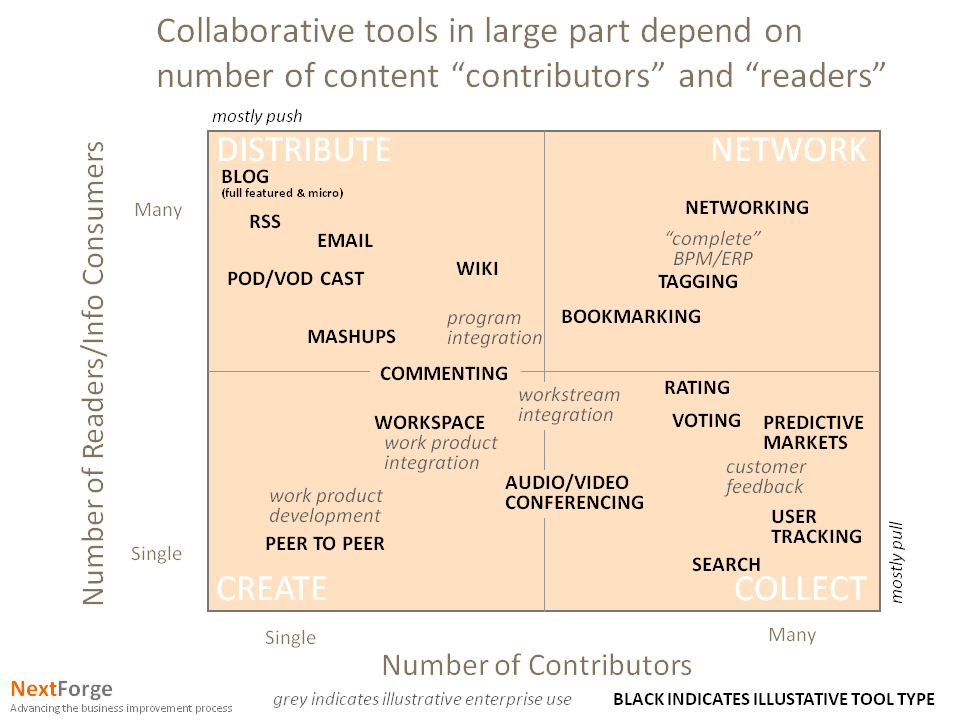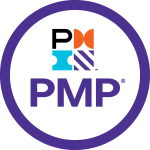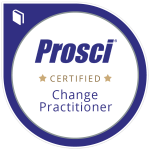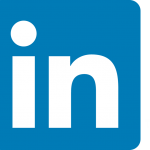 Does the title surprise to you?
Does the title surprise to you?
It seems so obvious. Until I read the “second place” 2012 McKinsey Award winning article, I didn’t even give a thought to communication not being a critical component of team performance in everyone’s mind. However, with the obvious (team communication) weighing in as the runner-up to the 54th McKinsey Award for excellence in management thinking and our own experience in virtual and traditional teams, it makes sense to make explicit the primary driving characteristic of high performing teams.
Comms drives team performance- full stop
“Patterns of communication [are] the most important predictor of a team’s success” according to Professor Pentland’s research at the MIT Human Dynamics Laboratory. Further, communication is as important as “individual intelligence, personality, skill and the substance of discussion- combined”1!
 One of our favorite articles2 about collaborative platforms- in support of teams (and non-teams)- is a frame proposed by Andrew McAfee including three elements: Search, Ask and Share. Each platform element is focused on locating people and existing information, creating new information through interaction, and distributing through publishing and posting information, respectively. All elements, and combinations, are forms of communication. Further, we posit the various tools available to aid collaboration are, in their basic form, communication tools. What varies among these collaborative tools is a varying number of information contributors coupled with a varying number of information consumers3.
One of our favorite articles2 about collaborative platforms- in support of teams (and non-teams)- is a frame proposed by Andrew McAfee including three elements: Search, Ask and Share. Each platform element is focused on locating people and existing information, creating new information through interaction, and distributing through publishing and posting information, respectively. All elements, and combinations, are forms of communication. Further, we posit the various tools available to aid collaboration are, in their basic form, communication tools. What varies among these collaborative tools is a varying number of information contributors coupled with a varying number of information consumers3.
Face to face communications is best
Communications on the phone is second best, with the fewer on the call the better. The following are detailed characteristics of successful teams1
- Everyone on the team needs to communicate equally- command and control of a small sub-team is sub-optimal
- Face-to-face is the most effective mode of communication (energy), particularly facing each other
- Members connect to each other, including side conversations (engagement), not just with the team lead
- Members find information outside (exploration) the team and bring their findings back
The least valuable form of communication is email and texting1.
There has been a dust-up over Yahoo!’s CEO calling their telecommuting labor force back into the office. I recently attended a presentation by Accenture4 where the senior partner presenting described how Marissa Mayer had pulled Yahoo!’s VPN logs only to find a large number of the “telecommuting” knowledge workers were not logging into the Yahoo! systems. This lack of off-site activity probably speaks more to the Yahoo! culture and values than the remote approach. Certainly Yahoo!’s new CEO recognized the need to increase team communication- all hands on deck- as a primary driver of the turnaround.
What we have learned about virtual teams
You need face-to-face time to start a team effort. Each project is unique, but we have found a few thumb-rules are helpful to drive success. For example, we at NextForge typically start larger projects with a calendar month on-site to get to know our clients on a personal level and get to know the company’s culture. While some clients require a consultative presence to keep going- possibly requiring some minimal physical presence full-time- we find one week a month on-site provides a good relationship maintenance mix to ensure productive team engagement and communication.
On more traditionally run projects, proximity on a project team is critical. War rooms are popular because they serve to increase the interaction among both the team members and the stakeholders. War rooms physically located close to leadership teams is best for a transformation initiatives. Dedicating space next to the CXO or in the C-suite sends a strong message to the organization.
The optimal communicator
Key elements of communication
“Traditional” (Pentland1)
|
“Emerging” (Reeder + Martin3)
|
|
|
|
|
Direct communication between team members (independent of positional authority), consistent quantity of communication across team members… these are some of the optimal team dynamics according to Professor Pentland1.
Driving down further, the best individuals, according to Professor Pentland, are those who circulate actively and engage others in short, high-energy conversations, focused on listening more than they talk1.
Future team communications scorecard
In his 6 minute video interview, Professor Pentland describes how the next generation or two of his sociometric badge will be indistinguishable from the typical security key card1. MIT’s communication measurement methodology seems like a perfect leading key performance indicator for teams. For example, if a team’s communication profile doesn’t meet the standard, you can intervene early before the first missed milestone. And, if we can measure one team, we can ultimately measure communications for all of our strategic-initiative teams, managed by the program management office and tracked in a near real-time scorecard for the executive leadership team. Aspirationally, we can look to moving communications off the top of the list of barriers to team success.
“You have a communications problem” is one of those throw-away observations any consultant can make coming into any organization. Professor Pentland has put some science behind communications for us. Now it is up to us to use this once tacit knowledge.
1 Pentland, Alex, “The new science of building great teams”, Harvard Business Review, April 2012, pages 3-11
Six minute video interview of Professor Pentland + Executive Summary of “The new science of building great teams” [internet] [cited 3.28.2013] Available from http://hbr.org/2012/04/the-new-science-of-building-great-teams








One Response